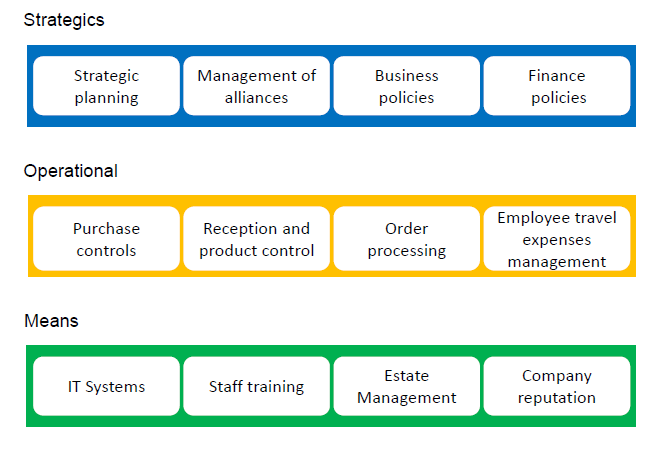Process management has shown itself to be one of the best business organization systems for achieving magnificent levels of quality, productivity and excellence. The outstanding results it achieves have led to its adoption by all kinds of companies and organizations, regardless of size or business sector.
In an economic and business environment as complex, globalized and competitive as we have now, process management is not just about being successful; it has now become necessary simply to survive.
In spite of its unquestionable success and the positive experiences of the innumerable companies that are adopting this approach, the introduction of process management can be challenging for two fundamental reasons:
-
Reluctance on the part of managers and employees accustomed to a more traditional understanding of how a company works, that of a vertical and functional operation, rather than a horizontal structure that conducts a range of processes. This phenomenon is known as the "silo effect".
-
The organizational complexity of process management and its various elements, especially when it is used as a framework for continuous improvement, requires the correct use of particular methodologies and specific tools.
The "silo effect"
The “silo effect “refers to a range of problems concerning communication and priority-setting that often occur in companies when they move from a traditional or functional organizational set-up to the process management model.
This situation, or "effect", resists or inhibits the development of a broader, more holistic approach, where the most important thing must be the overall process and not the interests of each individual department. Very often, something that is positive for one part of the firm, for example the marketing department, is not a good decision for the company or organization as a whole.
The classical approach using departments might be represented visually as a vertical, compartmentalized structure. In contrast, process management envisions a continuous horizontal line.
The value chain
The value chain is a theoretical concept defined and popularized by Professor Michael Porter in his book Competitive Advantage, which describes how actions and activities are carried out within companies.

This concept is very important in process management, because it identifies the different interrelated links within any productive cycle. It points to the existence of primary activities, focused on the physical creation of products, and support activities, which do not add value in themselves, but which are still important.
The theory sees the processing of raw materials as being of primary value, and marketing as secondary, but everything is important in the economic process because every link in the chain adds some kind of value. Process management takes account of the whole value chain in its entirety, and with a horizontal orientation.
Elements of process management
Optimal process management involves the ability to represent, in the form of a process map, a company or organization's value chain, defining the different parts and the people involved.
Each link in the chain has a series of sub-processes and it is through the correct analysis of their inter-relationships and connections, in terms of the most appropriate indicators, that the key to successful process management is to be found.
Another fundamental point is the clear definition and recognition of the responsibilities of each person involved in the linear and continuous production process; these individuals are known as the process owners.
Process management as a framework for continuous improvement
The process management model is the ideal organizational environment, or framework, for putting into practice plans for continuous improvement, cost optimization, and the best use of resources. To achieve these objectives, it is essential to plan carefully and to take each and every business decision in the light of the overall process, and with the overall benefit of the company in mind. Even though departments do continue to function, the vision and the focus must be linear and general at all times.
In order to achieve an efficient workflow and continuous improvement, it is important to select the right improvement projects and to manage them in the most effective way, using a suitable methodology and the most appropriate tools. At the same time, we must not forget to make correct analysis and use of company information, (data, statistics, comparative studies, etc.) with the aim of making the best decisions.
With the right methodology and organization, along with decisive intervention by management and workforce, it is possible to overcome the majority of conflicts and obstacles, and so achieving more successful improvement projects that are aligned with the organization's objectives and general interest.




